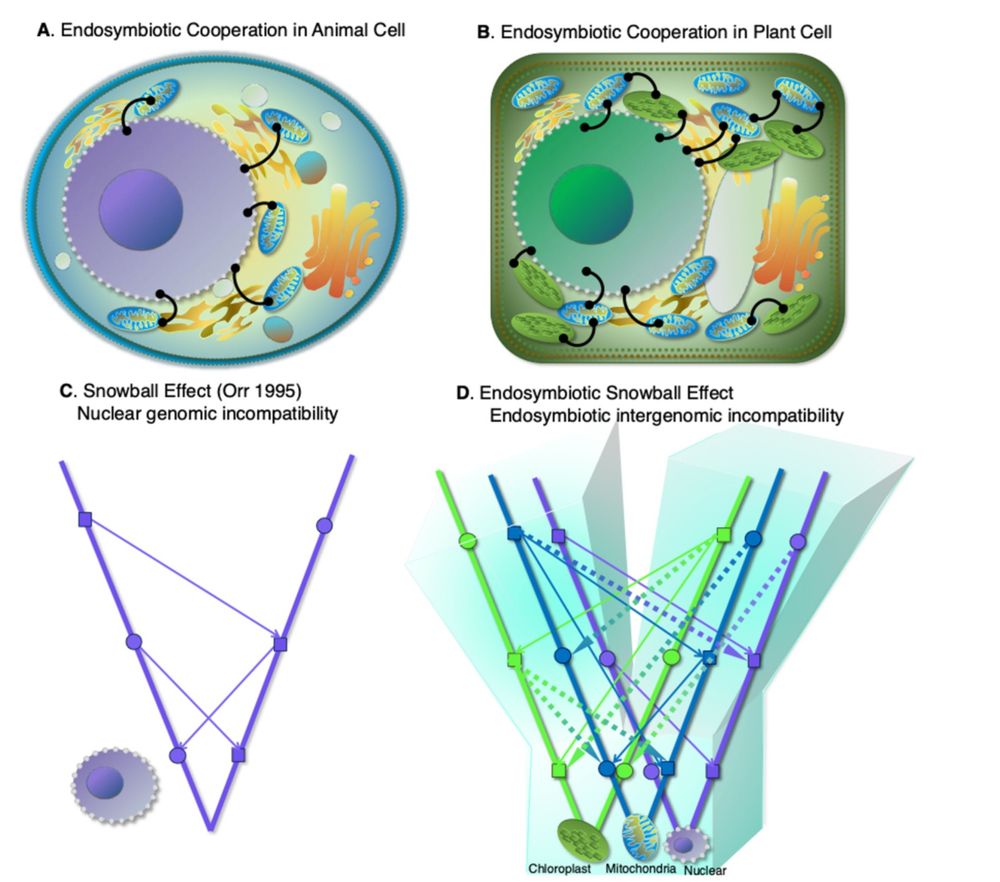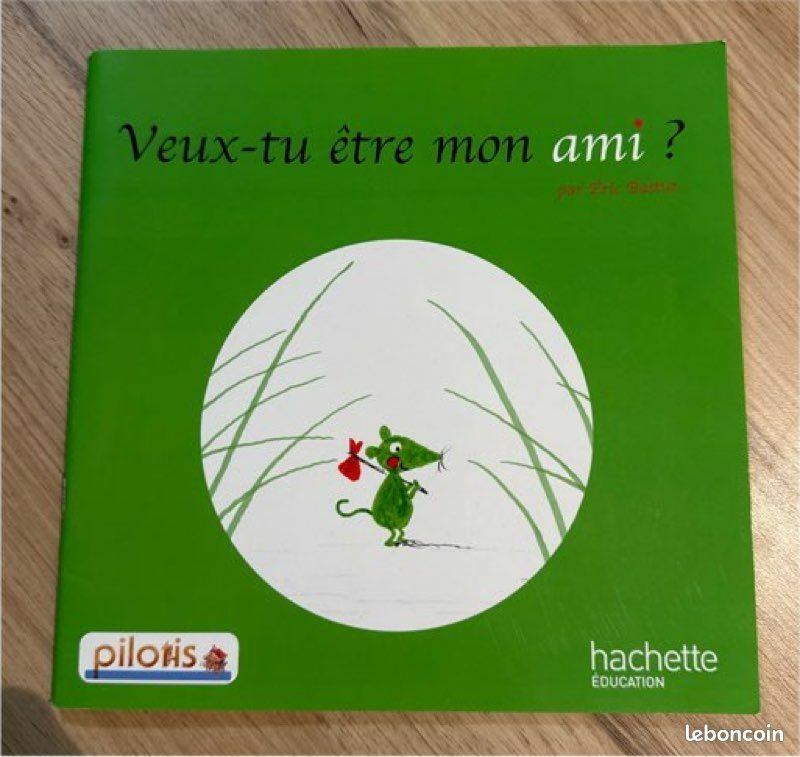Posts
Media
Videos
Starter Packs
Reposted by Camille Roux
Reposted by Camille Roux
Reposted by Camille Roux
Reposted by Camille Roux
Reposted by Camille Roux
Reposted by Camille Roux
Reposted by Camille Roux
Reposted by Camille Roux
Reposted by Camille Roux
José Cerca
@naturalselection.bsky.social
· Jan 23

PhD student in Evolution of Indo-Pacific birds
The Department of Bioinformatics and Genetics is offering a four-year PhD position focused on analyzing population-level genomic data from museum bird samples. The project will employ cutting-edge gen...
recruit.visma.com
Camille Roux
@crouxevo.bsky.social
· Jan 17

















